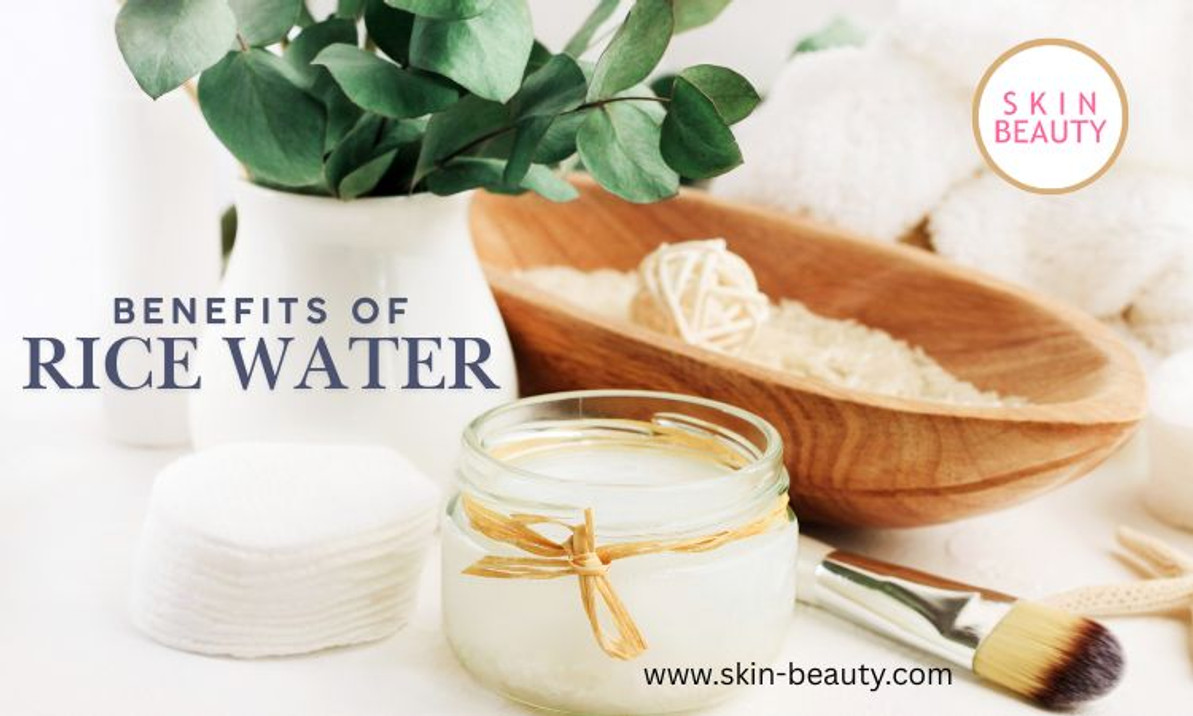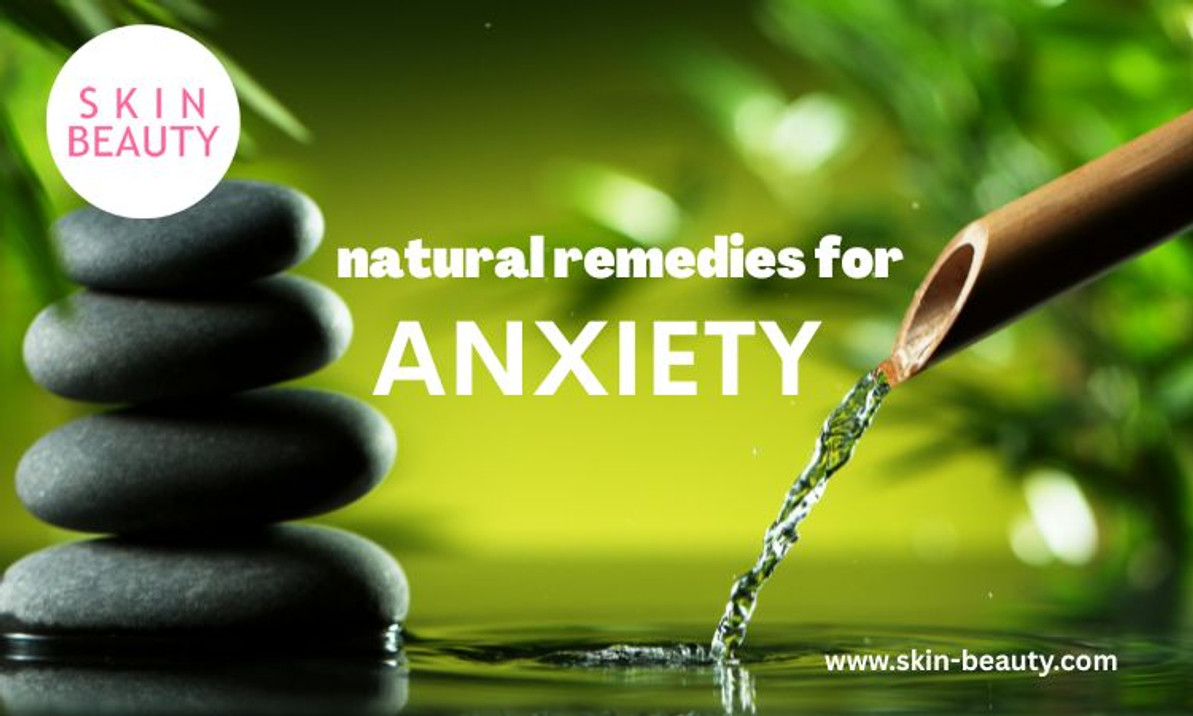Chemical Peel 101: Post Peel Aftercare
What is a Chemical Peel?
A chemical peel is a skin-resurfacing procedure meant to improve the appearance of the skin. It helps reduce fine lines and wrinkles, minimize the appearance of mild scars, treat certain types of acne, diminish freckles and hyperpigmentation, and improve skin texture.
The procedure uses a chemical solution applied to the skin and removes the top or middle layer (epidermis/dermis). The level of penetration and removal will depend on the strength of the actives used. As a result, the new skin growing back is smoother and younger-looking.

Types of Chemical Peels
There are various types of chemical peels, ranging from ones done at a spa to those that can be done at home. The main difference is the strength of the solution, which determines how deep the peel will penetrate the skin. There are three levels of chemical peels.
Level 1 Chemical Peel
This light chemical peel removes the outer layer of skin called the epidermis. It is great for those wanting to treat wrinkles, acne, uneven skin tone, and dryness. Some common active ingredients in light peels may include combinations of alpha-hydroxy and beta hydroxy acids (AHAs and BHAs), such as glycolic acid, lactic acid, salicylic acid, and maleic acid. Depending on desired results, light chemical peels can be done every two to five weeks.
Level 2 Chemical Peel
This level is a bit stronger and penetrates the skin slightly deeper. It removes cells from the epidermis, and the upper part of the middle layer of the skin called the dermis. This level of chemical peel is an excellent option for those wanting to treat wrinkles, acne scars, and uneven skin tone. Some frequently used ingredients for medium-depth chemical peeling include TCA (trichloroacetic acid), Jessner's solution, and glycolic acid. This chemical peel can be used every three to nine months to maintain results.
Level 3 Chemical Peel
This peel is the strongest and most penetrative level of chemical peels. It works by removing the skin cells from the epidermis and portions of the mid to lower layer of your dermis. Due to the strength and depth of the chemical peel, it is excellent for treating deeper wrinkles, scars, or precancerous growths. The strongest chemical, phenol, penetrates down to the lower dermal layer of your skin. Most professionals will recommend getting this type of chemical peel only once during your life.

Post Peel Care Tips
The best thing about chemical peels is that they require no downtime. However, there are some things that you can do to protect your skin after this procedure since your skin will be in a sensitive state.
Wash your face with cool water
Cool water will feel better than warm or hot water and help soothe the skin post-peel.
Hydrate and moisturize your skin
Chemical peels thin the outer layers of skin so they can peel off. This thinning of the skin means that your skin's protective barrier is sensitive and temporarily compromised. Hydrate and moisturize your skin to reinforce that barrier. Remember to drink water to avoid dehydration.
Apply SPF (at least SPF 30 or more)
Because your skin is sensitive and in such a delicate state after a peel, it's highly recommended to avoid direct sun exposure if possible. Otherwise, it can lead to more visible signs of aging. If you cannot avoid direct sunlight, remember to apply an SPF of at least 30.
Avoid activities that increase blood circulation to the face
Things like being in the sauna, intense workouts, and steam rooms can increase blood circulation in the face. This increased blood circulation can lead to warming, redness, tingling, and itching on freshly peeled skin. Activities like these (those that can increase blood circulation) should be avoided on the day of your peel.
Don't over-exfoliate
Chemical peels are like maximum-strength exfoliants; there is no need to use a separate exfoliant for 3-4 after your peel. Avoid using scrubs, brushes, or exfoliating cleansers, as they can cause more redness or sensitivity. It's best to wait until your skin feels "normal," and then you can resume your skincare routine. Of course, always talk to your skin care professional for more personalized advice.

Products
Circadia Post Peel Home Care kit
This kit features six products, an excellent easy-to-carry kit designed to protect the skin through peeling and accelerate wound healing.
*This product does require authorization for purchase.
Dermalogica Pro Power Peel Post-Procedure Kit
The Dermalogica PRO power peel post-procedure kit is designed to soothe skin following the pro power peeling. This kit contains four products chosen for their soothing properties.
PCA Skin The Post-Procedure Solution Kit
PCA Skin The Post-Procedure Solution Kit is a complete regimen for use post-treatment that contains five carefully selected products to support, soothe and hydrate the skin after a professional treatment like a chemical peel, microdermabrasion, non-ablative laser, or IPL.
Glymed Plus Post Procedural Skin Essentials Kit
Glymed Plus Post Procedural Skin Essentials Kit repairs and heals the skin after chemical peels, microdermabrasion, and other, more invasive procedures such as cosmetic surgery. It boosts the healing process while soothing the skin.
Recent Posts
-
Rice Water for Skin Benefits
Rice Water for Skin Benefits Rice water for skin has become a viral beauty trend that is suppos …Apr 4th 2025 -
Natural Remedies for Anxiety
Natural Remedies for Anxiety Everyone experiences anxiety symptoms every now and then. We live in a …Mar 28th 2025 -
Hair Loss Treatment
Hair Loss Treatment for Every Stage of Thinning Hair Hair loss is a common concern that affects mill …Mar 18th 2025




